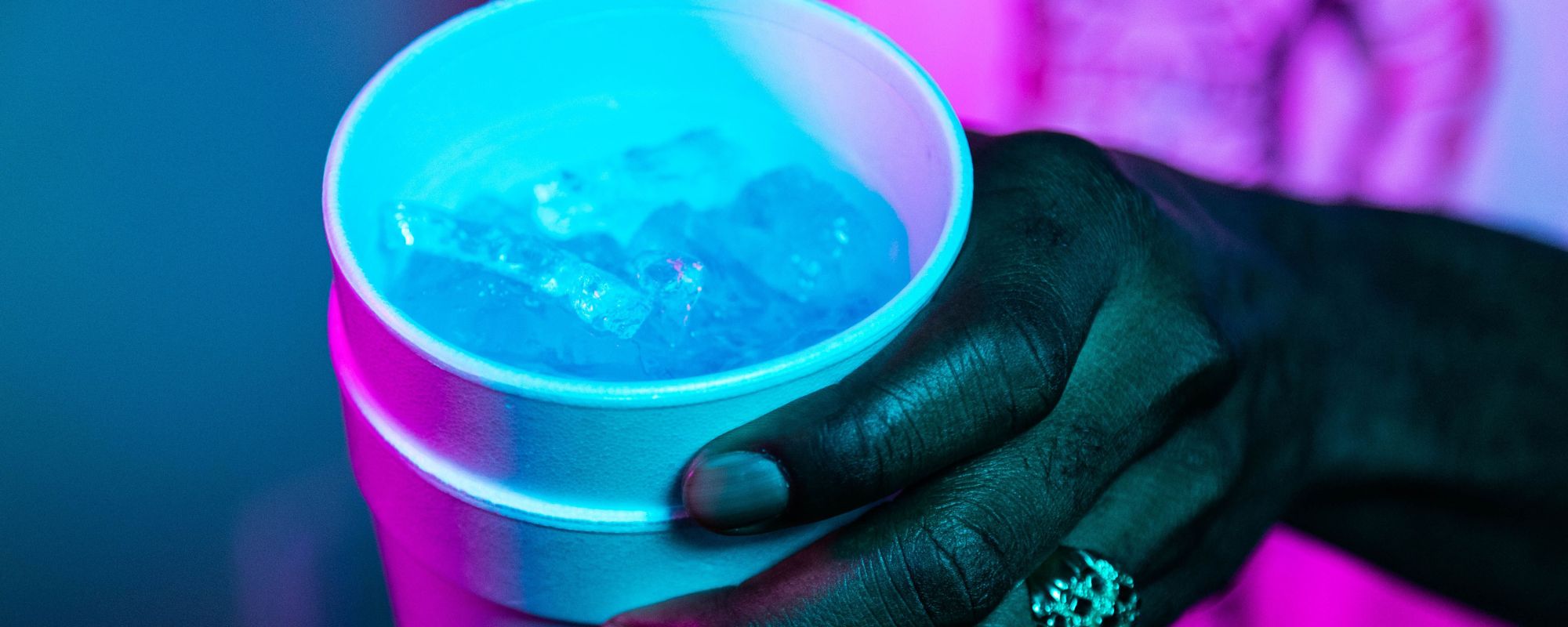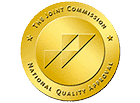Among the many substances to be aware of, one that stands out is Lean, also known as “purple drank.” This recreational mixture typically contains codeine, soda, antihistamines, and sometimes other additives. Often consumed in social settings, Lean is used for its intoxicating effects rather than any medical purpose. But what exactly does it do to the body, and what are the risks?
What Does Lean Do to You?
The reason people label the drink Lean is due to its effects of lightheadedness and lowered physical control. Certainly, Lean has quick physical and mental side effects, like dissociation, euphoria, slurred speech, sleepiness, and loss of limb control. People who consume Lean are actually engaging in polysubstance use, since the drink mixes multiple substances, giving it a stronger impact.
How did Lean originate? With ties to hip-hop culture and adolescent drug experimentation, Lean was first concocted in the 1960s. It has since been referenced in pop culture, keeping its use going.
What Is in Lean?
Lean can be made with some variety while following the same base ingredients. Overall, it has a base of medicated cough syrup mixed with a soft drink. However, people often include hard candy, alcohol, and antihistamines. Codeine is an opioid that is found in the prescription cough syrup, usually used in Lean. However, depending on the one used, individuals could be consuming hydrocodone (an opioid), dextromethorphan (a cough suppressant), and chlorphenamine or promethazine, prescription anti-histamines. Adding hard candy gives the drink a distinctive color, and alcohol is often included for an additional high effect.
Is Lean Addictive?
Lean is addictive due to the presence of opioids like codeine or hydrocodone. Opioids are some of the most abused habit-forming drugs, and their abuse is labeled as the opioid crisis. In a short amount of time spent abusing opioids, you can develop a dependency.
Signs and Symptoms of Lean Abuse
Here are some potential signs of Lean abuse:
- Fatigue
- Excessive tiredness
- Slurred speech
- Doctor-shopping for prescriptions
- Confusion
- Headaches
- Cravings for more
- Trouble breathing
What Are the Dangers of Abusing Lean?
Lean is dangerous to drink because it uses unregulated amounts of opioid medications, as well as mixed substances. Mixing different drugs and alcohol can have unprecedented effects on the brain and body, even sending your system into shock. Since Lean is often a first experimentation with substances, there’s an especially high risk of overdose and negative side effects.
Finding Help for Lean Addiction
Even a seemingly fun and harmless drink like Lean can have catastrophic results. Truthfully, there’s no safe and harmless drug abuse. If you have trouble quitting Lean, please reach out to us at our rehab center.
Resources
- Overview, Essential Concepts, and Definitions in Detoxification – SAMHSA
- Medical Detoxification – Yale Medicine
- Detoxification from benzodiazepines: schedules and strategies – PubMed
- Opioid Withdrawal – NIH [StatPearls]
- Physical Detoxification Services for Withdrawal From Specific Substances – SAMHSA
- Management of Acute Withdrawal and Detoxification for Adults who Misuse Methamphetamine: A Review of the Clinical Evidence and Guidelines – NIH
- Cocaine withdrawal – Medline Plus
- Pharmacological strategies for detoxification – NIH
- Management of Withdrawal from Alcohol and Other Drugs – NSW Health
- Substance Use Disorder (SUD) – Cleveland Clinic
- Addiction withdrawal – Healthdirect
- Understanding the Difference Between Inpatient and Outpatient Rehab – Healthline









